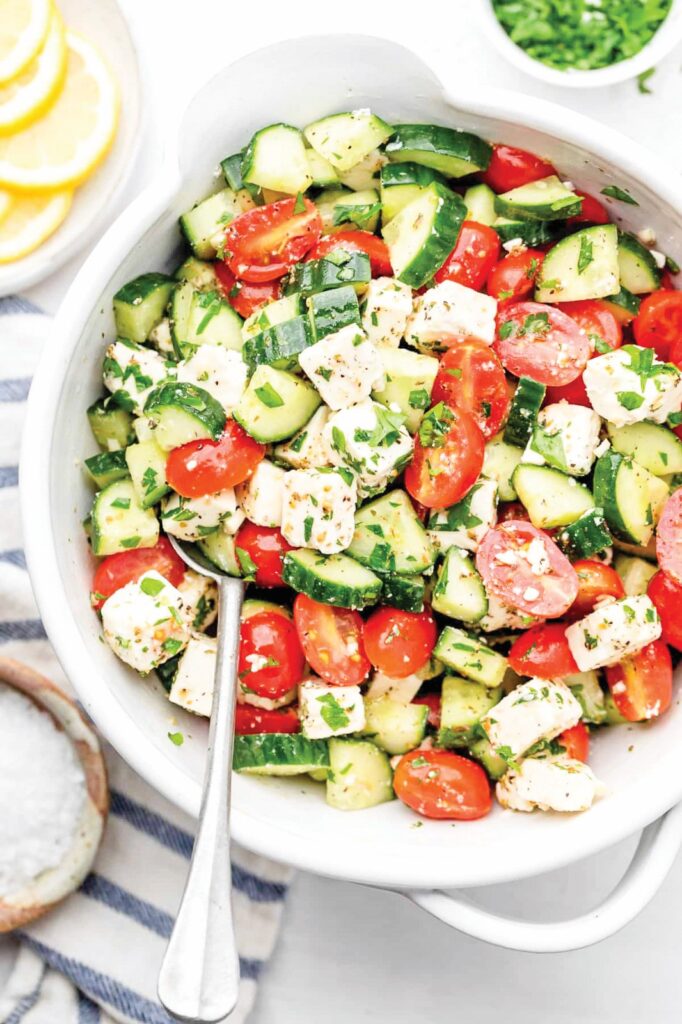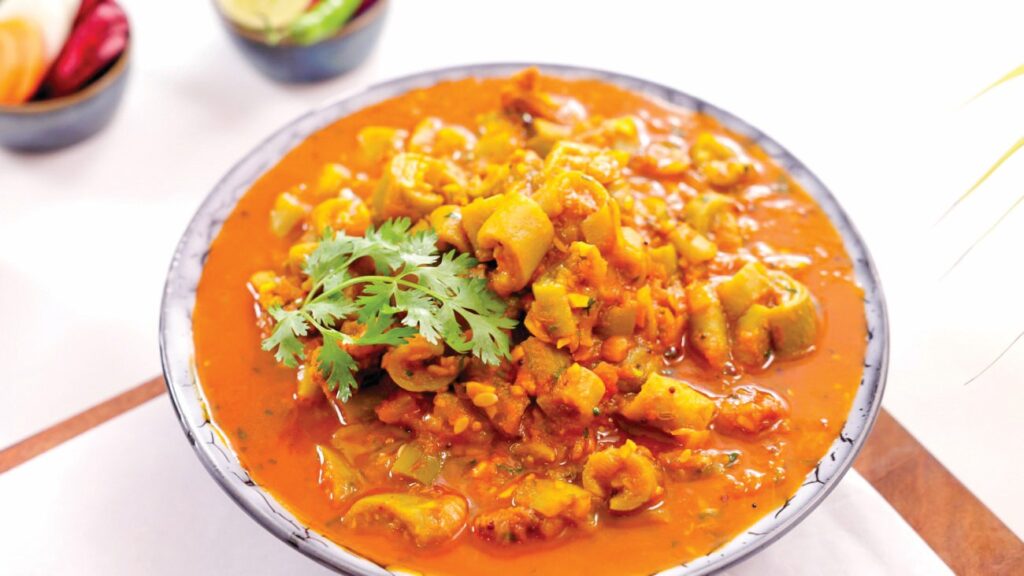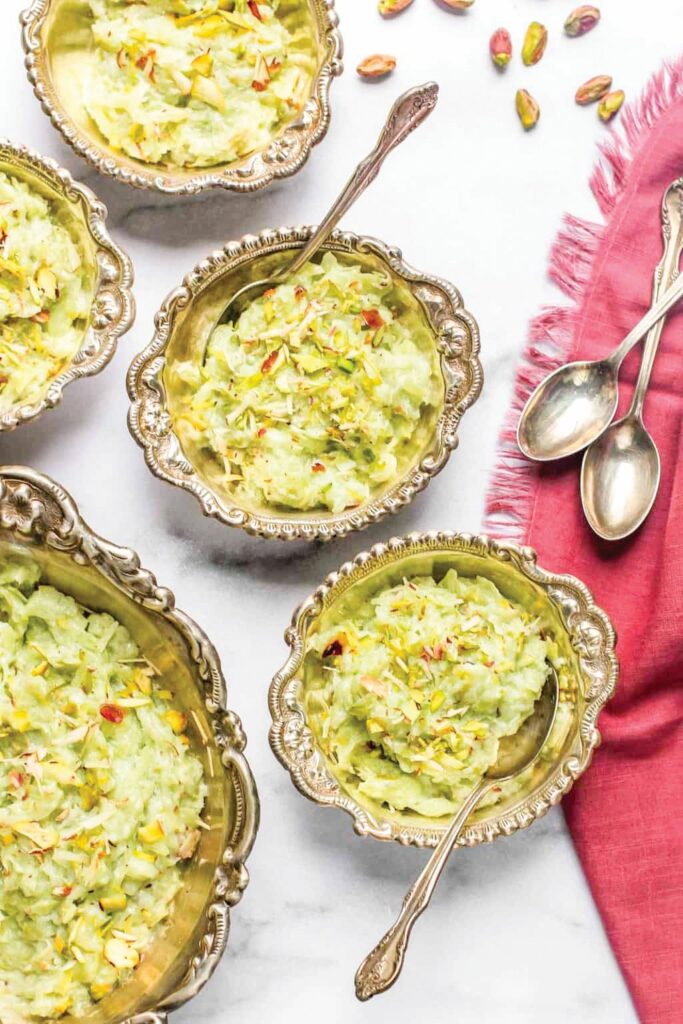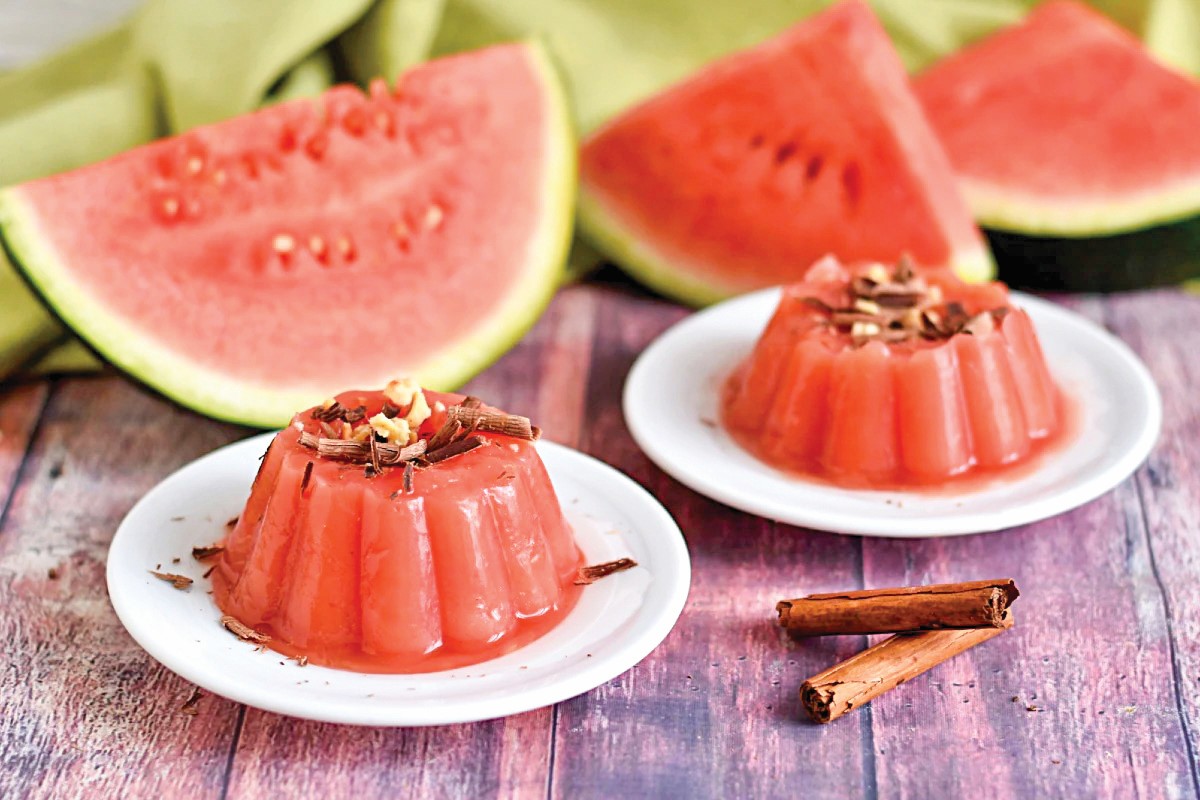Rajasthan is known for its distinct cuisine, which creatively uses veggies that are farmed nearby. Cucurbits such as kachri, bottle gourd, ridge gourd, cucumber, and watermelon have a particular position among them; they move from being basic desert plants to delicious meals that entice the senses and feed the body.
Kachri, The famous wild veggie of Rajasthan
Maybe the most iconic ingredient in Rajasthani cooking is the kachri, a little fruit that resembles a melon that is local to the Desert. It is a classic in many traditional meals because of its acidic taste and resistance to the harsh desert environment.
1. Kachri ki Sabzi
This simple yet flavorful dish is a famous household dish in Rajasthan. To prepare, finely chopped kachri is sautéed with onions, tomatoes, and a blend of spices including turmeric, red chili powder, and coriander. The result is a tangy, spicy side dish that pairs perfectly with bajra rotis (pearl millet flatbreads).
Recipe:
– Finely chop 250g kachri
– Heat oil in a pan, add cumin seeds
– Sauté chopped onions until golden
– Add chopped tomatoes, turmeric, red chili powder, and coriander powder
– Cook until tomatoes are soft
– Add kachri, salt, and cook until tender
– Garnish with fresh coriander leaves
Nutritional Value: Kachri is rich in vitamin C, fiber, and antioxidants. This dish provides a good balance of nutrients while being low in calories, making it an excellent choice for weight management.
2. Kair Sangri
While not exclusively a kachri dish, this iconic Rajasthani preparation often includes kachri for added flavor. Kair (desert beans) and sangri (clusters of beans) are cooked with kachri, creating a dish that embodies the essence of desert vegetation.
Recipe:
– Soak kair, sangri, and dried kachri overnight
– Boil and drain the soaked ingredients
– Heat oil, add cumin seeds, asafoetida, and red chilies
– Add boiled kair, sangri, and kachri
– Add turmeric, coriander powder, and amchur (dried mango powder)
– Cook until well combined and serve hot
Nutritional Value: This dish is a filled with nutrients. Kair and sangri are rich in protein and fiber, while kachri adds vitamin C and antioxidants, making it a nutritionally dense meal ideal for the harsh desert climate.

Bottle Gourd, The Versatile Veggie
Known locally as lauki or ghiya, bottle gourd is a cooling vegetable that finds its way into both savory and sweet dishes in Rajasthani cuisine.
1. Lauki ki Sabzi
This simple, comforting dish is a common in many Rajasthani households. The mild flavor of bottle gourd makes it an excellent dish to add to your healthy greens.
Recipe:
– Peel and chop 500g bottle gourd
– Heat oil, add cumin seeds and asafoetida
– Add chopped onions and sauté until golden
– Add ginger-garlic paste, turmeric, and red chili powder
– Add chopped bottle gourd and cook until tender
– Garnish with fresh coriander
Nutritional Value: Low in calories and high in fiber, this dish aids digestion and hydration. The bottle gourd’s high water content (96%) makes it an ideal food for Rajasthan’s hot climate.
2. Lauki ka Halwa
This sweet dish transforms the humble bottle gourd into a world class desert, showcasing the versatility of this vegetable.
Recipe:
– Grate 500g bottle gourd and cook until soft
– Add milk and cook until it reduces
– Add sugar, cardamom powder, and ghee
– Cook until thick and garnish with nuts
Nutritional Value: While indulgent, this dessert offers some nutritional benefits. The bottle gourd provides fiber and vitamins, while the milk adds calcium and protein. It’s a healthier alternative to many traditional Indian sweets.

Ridge Gourd, The Ribbed veggie
Known as turai in Hindi, ridge gourd is a common vegetable in Rajasthani kitchens, appreciated for its mild flavor and health benefits.
1. Turai ki Sabzi
This simple stir-fry is a common way to prepare ridge gourd in Rajasthan. Its simplicity allows the vegetable’s natural flavor to shine through.
Recipe:
– Chop 400g ridge gourd into small pieces
– Heat oil, add cumin seeds and asafoetida
– Add chopped onions and sauté
– Add turmeric, red chili powder, and coriander powder
– Add ridge gourd and cook until tender
– Garnish with fresh coriander
Nutritional Value: Ridge gourd is low in calories and high in fiber, making this dish excellent for digestive health. It’s also rich in vitamins A and C, supporting immune function.
2. Turai ka Raita
This cooling side dish is perfect for Rajasthan’s hot summers, combining the health benefits of ridge gourd with probiotic-rich yogurt.
Recipe:
– Grate 200g ridge gourd
– Mix with whisked yogurt
– Add roasted cumin powder, salt, and black pepper
– Garnish with fresh mint leaves
Nutritional Value: This dish is a nutritional powerhouse. The probiotics in yogurt support gut health, while ridge gourd provides fiber and vitamins. It’s an excellent way to stay hydrated and nourished in the desert climate.

Cucumber, the Cool Refresher
Cucumber has found its place in modern adaptations of local dishes, offering a cool, crisp contrast to spicy foods.
1. Cucumber Raita
This simple side dish is a must have accompaniment to many Rajasthani meals, offering a cooling balance to spicy main courses.
Recipe:
– Grate or finely chop 1 cucumber
– Mix with whisked yogurt
– Add roasted cumin powder, salt, and black pepper
– Garnish with fresh mint leaves
Nutritional Value: Cucumber is hydrating and low in calories, making this raita an excellent choice for weight management. The yogurt provides probiotics and calcium, supporting gut and bone health.
2. Kakdi ki Sabzi
This light, refreshing dish is gaining popularity in Rajasthan as a healthy alternative to heavier vegetable preparations.
Recipe:
– Chop 2 cucumbers into small cubes
– Heat oil, add cumin seeds and green chilies
– Add cucumbers, turmeric, and salt
– Cook briefly to retain crunch
– Garnish with fresh coriander
Nutritional Value: This low-calorie dish is rich in vitamins K and C. The minimal cooking preserves the cucumber’s nutrients, making it a healthy addition to any meal.
Watermelon, The Juicy and healthy green fruit
Watermelon, while primarily eaten fresh in Rajasthan, has inspired some creative culinary uses, especially in the realm of beverages and desserts.
1. Tarbooz ka Sherbet
This refreshing drink is a summer favorite in Rajasthan, offering hydration and natural sweetness.
Recipe:
– Blend 3 cups of deseeded watermelon
– Strain the juice
– Add black salt, roasted cumin powder, and mint leaves
– Serve chilled
Nutritional Value: Watermelon is rich in lycopene, an antioxidant that supports heart health. This drink is an excellent way to stay hydrated and boost antioxidant intake.
2. Watermelon Curry
While not a traditional dish, this modern adaptation is gaining popularity in Rajasthan’s innovative culinary scene.
Recipe:
– Cut watermelon into cubes, removing seeds
– Heat oil, add mustard seeds and curry leaves
– Add chopped onions and green chilies
– Add turmeric, red chili powder, and watermelon cubes
– Cook briefly and garnish with fresh coriander
Nutritional Value: This unique dish combines the hydrating properties of watermelon with the benefits of spices like turmeric, known for its anti-inflammatory properties.
Health Benefits and Cultural Significance
The use of cucurbits in Rajasthani cuisine goes beyond mere sustenance; it’s a reflection of the region’s ability to thrive in challenging conditions. These vegetables and fruits, adapted to the arid climate, offer significant health benefits particularly suited to desert living:
1. Hydration: With their high water content, cucurbits like watermelon, cucumber, and bottle gourd help maintain hydration in Rajasthan’s hot, dry climate.
2. Cooling Properties: Many of these vegetables are considered “cooling” in Ayurvedic medicine, helping to balance the body in a hot environment.
3. Digestive Health: The high fiber content in these cucurbits supports digestive health, crucial in a region where water scarcity can lead to digestive issues.
4. Nutrient Density: These vegetables provide essential vitamins and minerals, helping to combat nutritional deficiencies in a region where fresh produce can be scarce.
5. Versatility: The ability to use these vegetables in both savory and sweet dishes ensures a varied diet, even with limited ingredients.
The transformation of bottle gourd from a simple vegetable into a sweet halwa showcases the creativity born of necessity making the most of available ingredients to create diverse and satisfying meals.
The inclusion of cooling raitas and sherbets in the cuisine demonstrates an intuitive understanding of the body’s needs in a harsh climate, long before modern nutritional science confirmed these benefits.
As modern dietary trends increasingly emphasize plant based, locally sourced foods, Rajasthan’s traditional use of cucurbits stands as a model of sustainable, healthful eating. These dishes, born of necessity and refined over generations, offer not just a taste of Rajasthan, but a Modern approach into a food culture that is at once ancient and remarkably relevant to contemporary nutritional needs.







